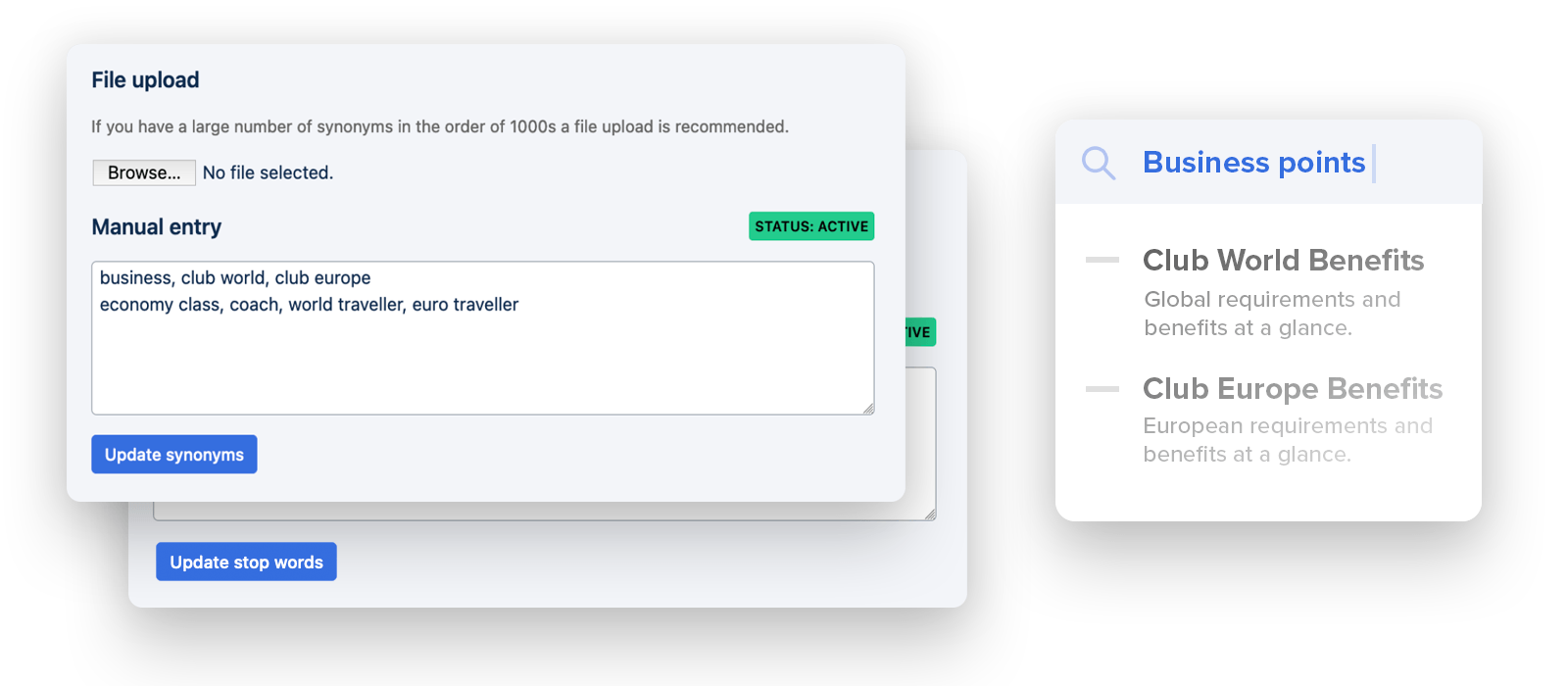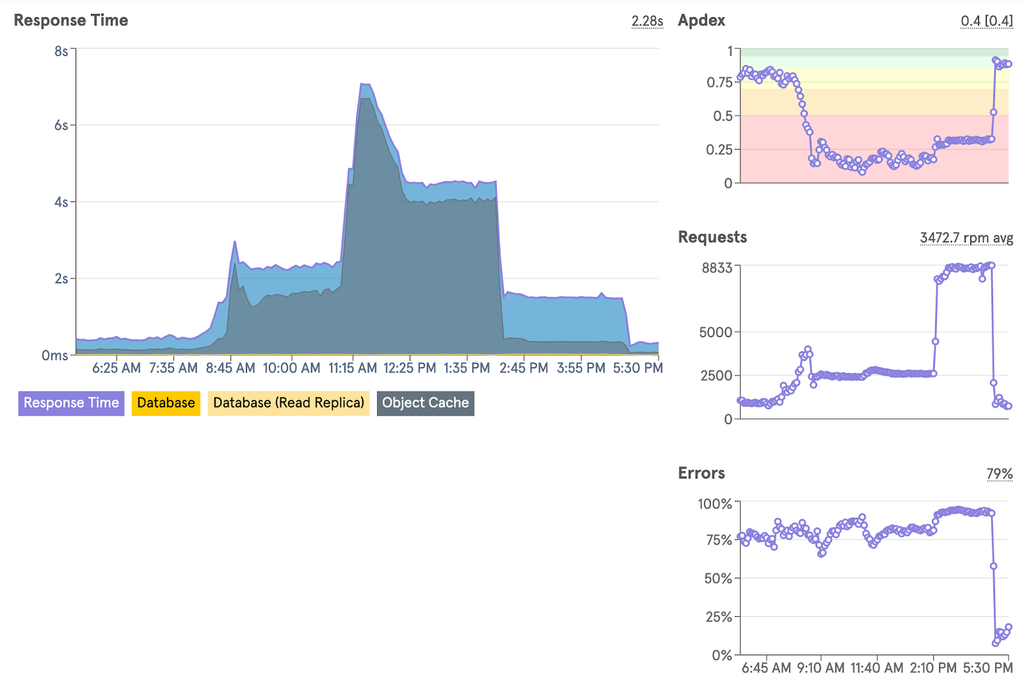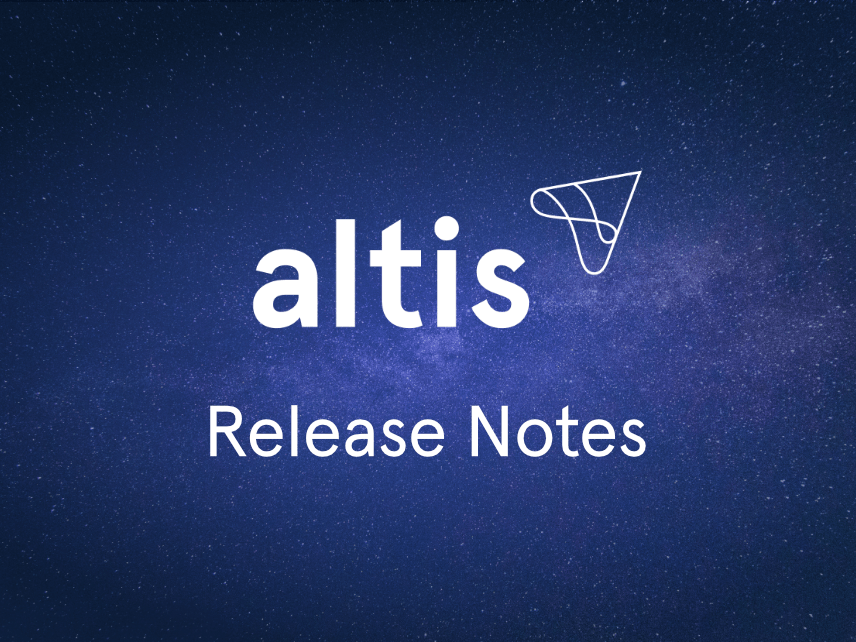Much improved discovery capabilities, making it easier for users to find what they are looking for. Better search means happier users, a better understanding of customer intent and ultimately increasing engagement.
An even more powerful Altis search
Altis 5 now supports custom user dictionaries. Now control how your content is searched by defining synonyms, stopwords and other information about your content to boost relevancy. This is particularly powerful when working with different languages without word boundaries, such as Japanese.

In addition to the above, fuzzy search is also configurable with Altis 5. fuzzy search still finds pages when a user makes a spelling mistake or simply doesn’t know the correct search term.

Block patterns
Speed up your work in creating pre-defined templates with the latest addition to the block editor in WordPress 5.5: Block patterns.
Block patterns make it simple to create complex, beautiful layouts, using combinations of text and media that can be mixed and matched to fit your story. Pick up a predefined layout or block pattern, add text and media and you are ready to go.
Inline image editing
Crop, rotate, and zoom photos right from the image block without having to leave the page. This can save a lot of time for the teams as previewing, editing and positioning of images becomes a seamless experience.
Get a closer view of your site performance with X-Ray Analytics
We continue to enhance the Altis Dashboard with the promise of delivering best-in-class infrastructure and devops tooling. The Altis Dashboard is your one-stop solution for any support requests, troubleshooting site issues, billing, code deployments and more.

X-Ray now has a brand new analytics view built into the Dashboard. This functionality provides application performance management (APM) features, empowering you to dig into your site performance. This allows you to examine up to 24 hours of data over any period from the past 30 days, and break down performance information at an aggregate level. Thus, you can discover and troubleshoot issues by examining the past performance and prevent them from repeating in the future.

